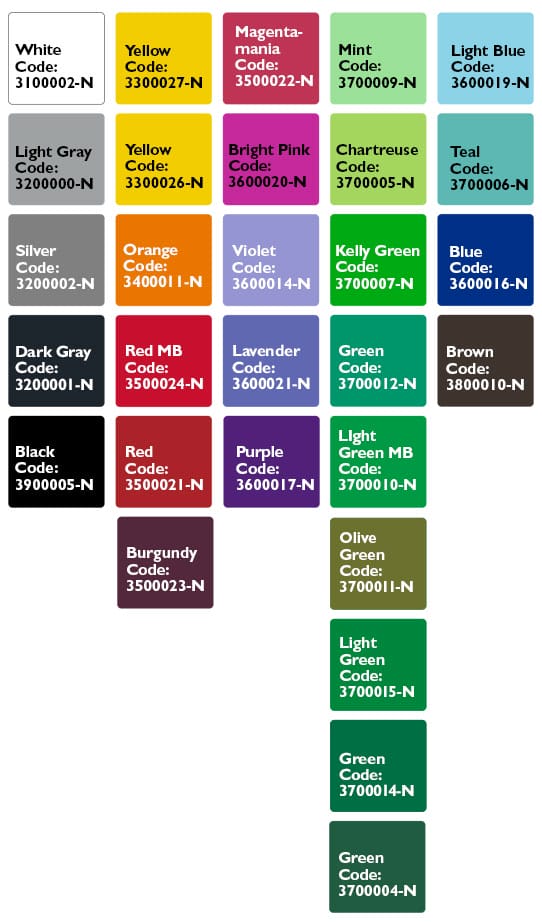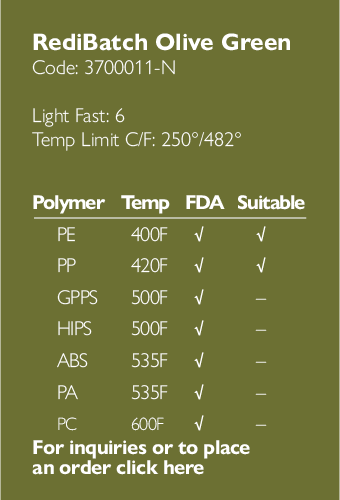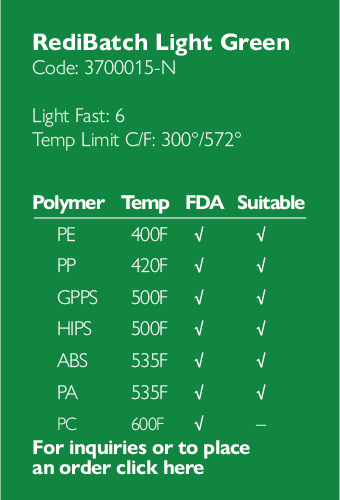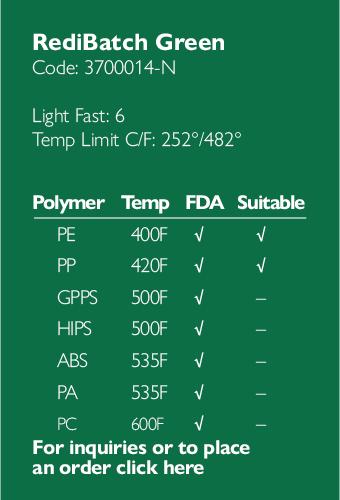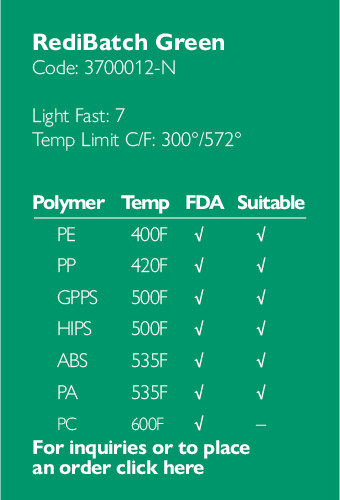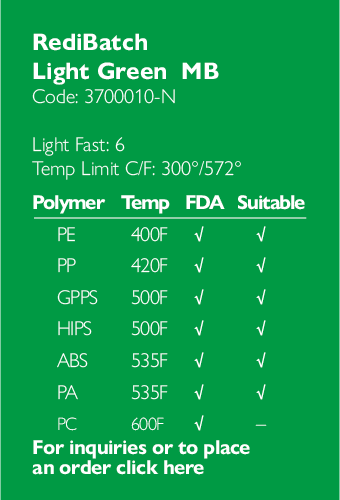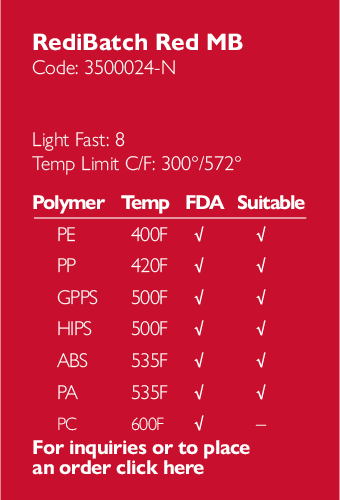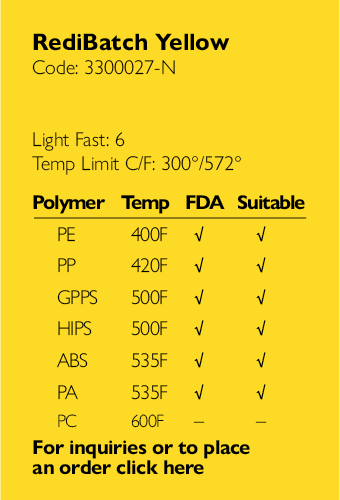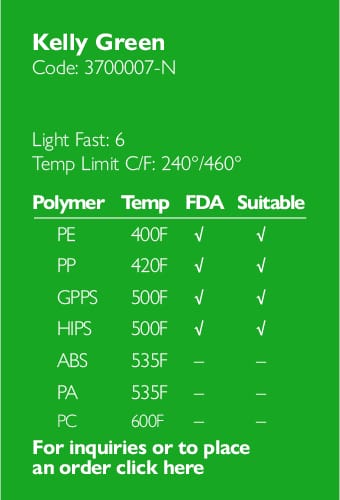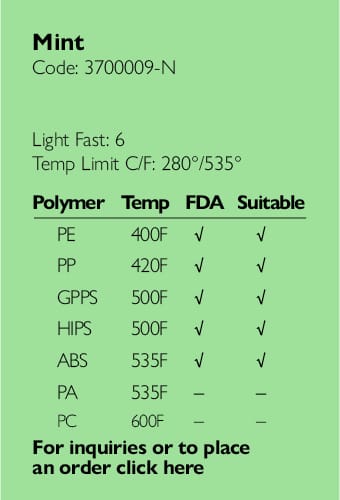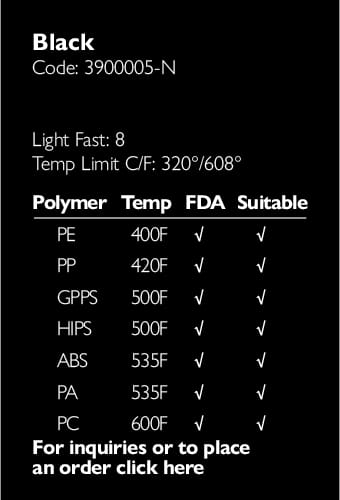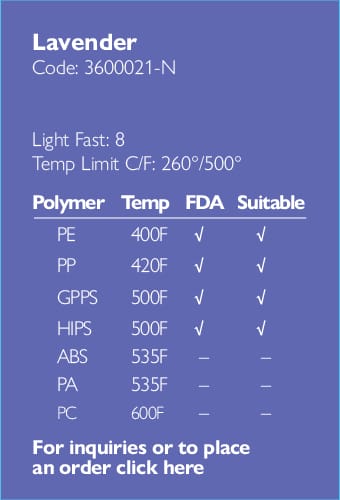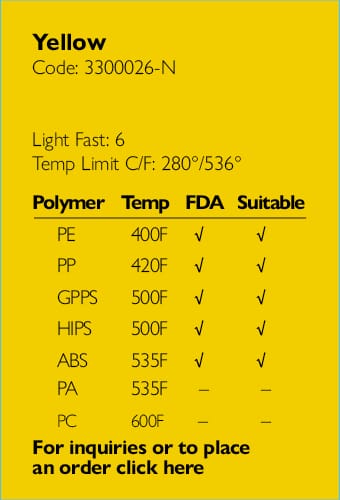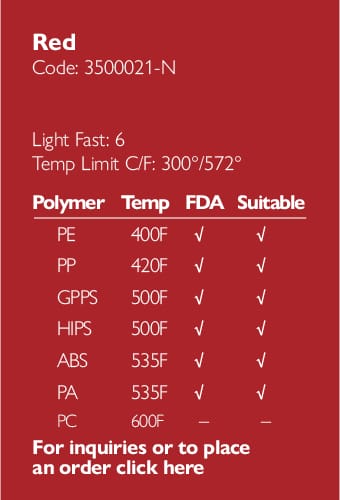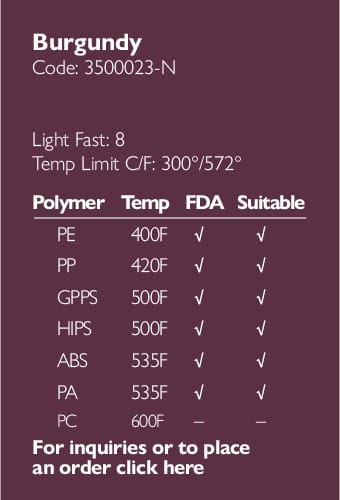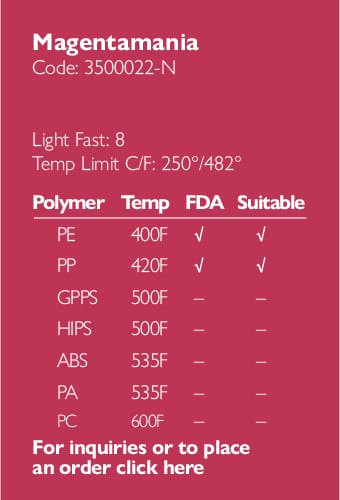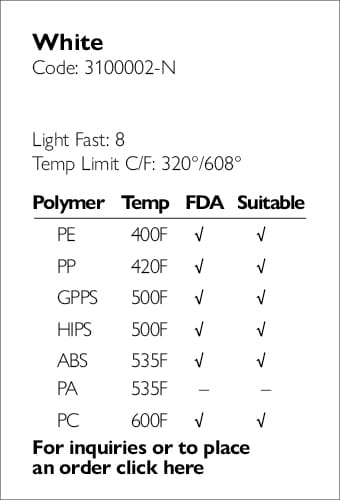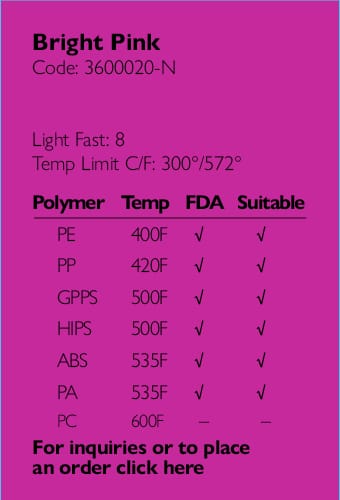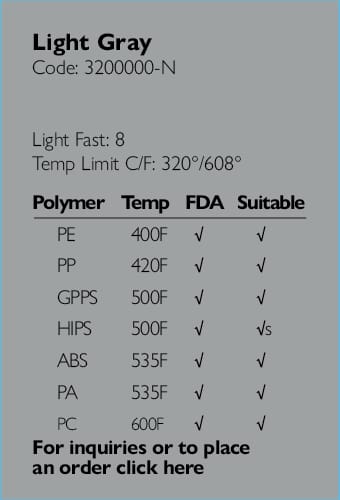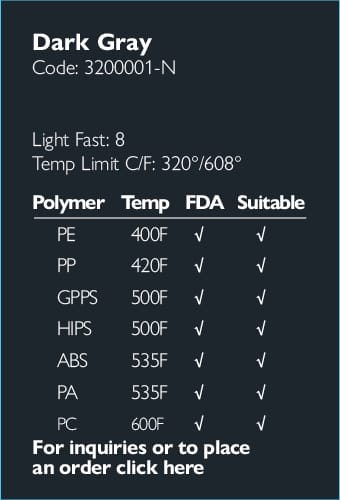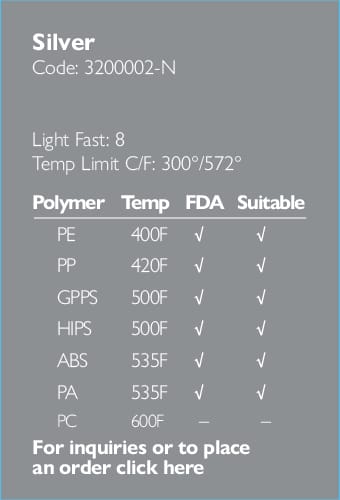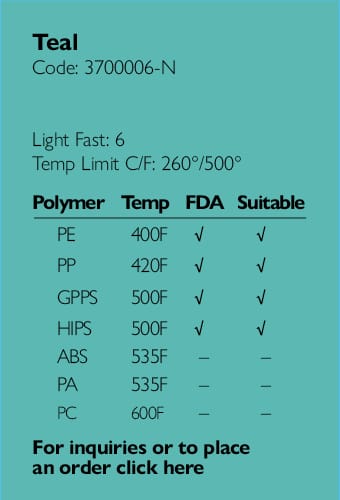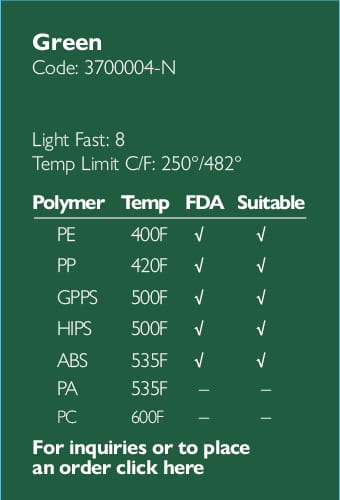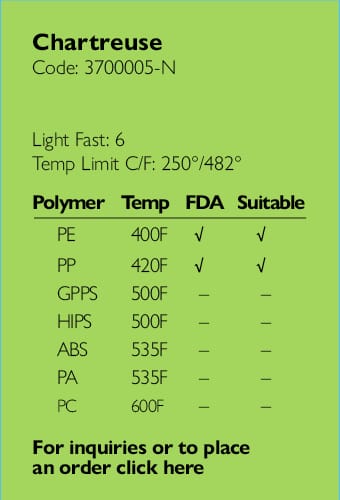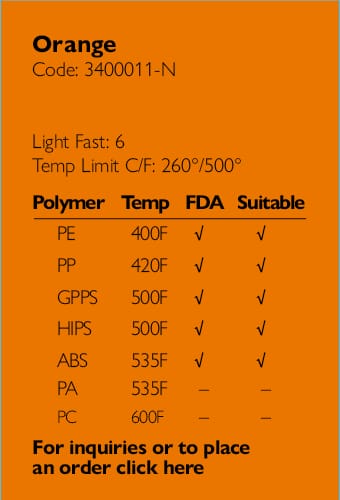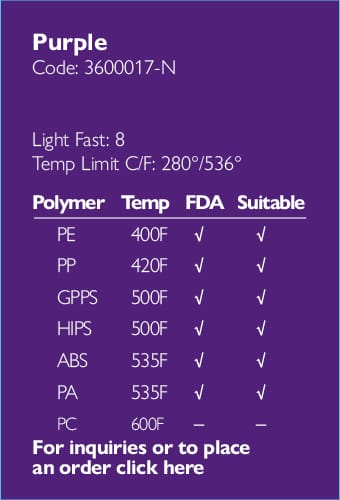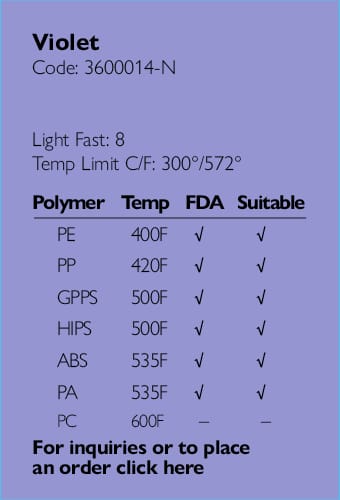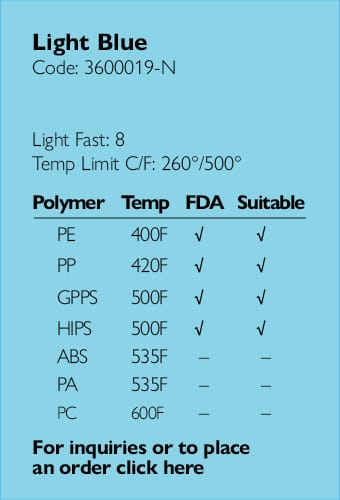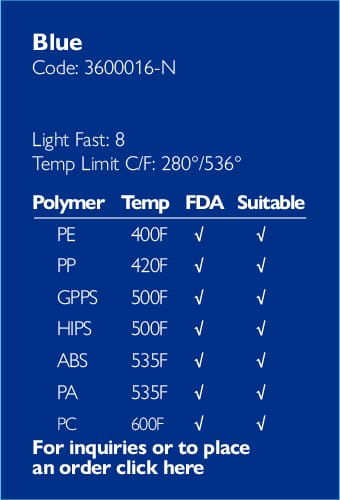Has This Ever Happened To You?
—You dent the old Buick and have the body shop straighten and repaint the fender. You think the work is superb until you park the car at the shopping center at night. The area that was repainted does not match the rest of the car!
—Your customer complains that the bottles you molded or the color film you extruded did not match the previous lot shipped, but the complaint bottles or film match the previous lot when you look at both sets on your production floor!
In both cases, what happened is a fundamental problem of color perception. It is called metamerism–the type of lighting used to illuminate colored objects can affect your perceptions of how well those objects match.
In the first situation at the body shop, the mechanics used paints that were formulated slightly differently from the original. In daylight, the paint matched the rest of the car. Under the parking lot’s mercury vapor lamps, it did not. The molding or film plant in the second example was lit with bright orange-yellow sodium arc lamps that mask many mismatches that customers observe in daylight.
How Does Metamerism Occur?
Color perception basically requires four factors:
Source + Object + Observer + Interpreter = Perception.
The “Source” is illumination, such as sunlight, light bulbs or fluorescent tubes. The source emits radiant energy in the visible wavelengths of the electromagnetic spectrum, from 400 to 700 nanometers (nm) with the blue tones at the 400nm end of the spectrum and the red tones at the 700nm end.
Each source has its own relative power distribution across the visible spectrum (Fig. 1), resulting in objects appearing a different color when observed under these different light sources. Daylight appears blue-green because it has relatively high spectral power in the blue and green areas of the spectrum. Incandescent light looks red because its greatest spectral power distribution is in the red area.
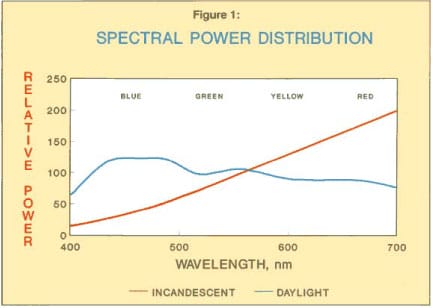
The “Object” is any object that absorbs and reflects light energy emitted from the “source.” The reflected light determines the color of the object, as seen by our eyes (Fig.2).
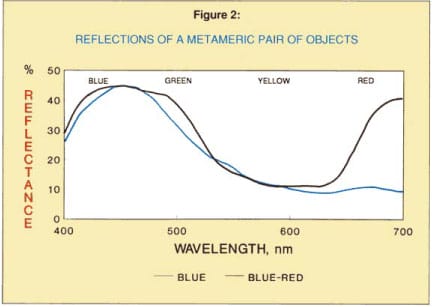
The “Observer’s” eye receives the object’s reflected light and converts the energy into stimulus. (Fig.3).
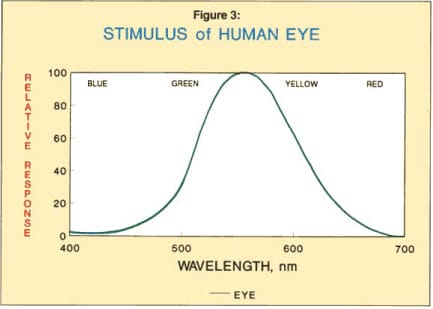
The “Interpreter” changes the stimulus into an expression of perception, such as the brain recognizing an apple’s red color or a spectrophotometer calculating CIELAB values. Metamerism occurs when a change in the source enhances the differences in the reflective properties of two objects, creating a different stimulus in the “observer” and response by the” interpreter.” Let’s examine this phenomenon. Two blue bottles with the reflective properties shown in Fig. 2 are examined in daylight, which emits more energy in the blue-green range than in the red range. Thus, the two blue bottles create a stronger “observer” stimulus where their reflective properties are similar—in the blue-green range (Fig.4).
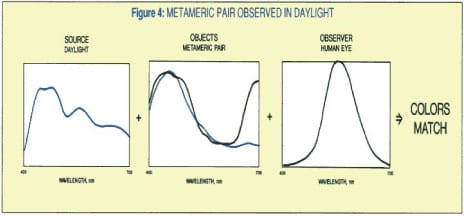
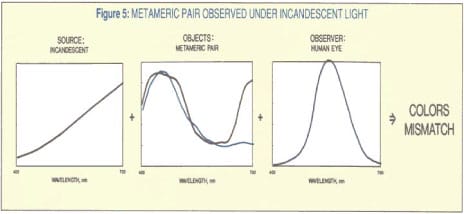 Incandescent light emits a lot of energy in the orange/red range. In this range, the reflectance properties of the bottles differ greatly and stimuli in this spectral area are intensified. One bottle reflects much more energy in the red range than the other and the bottles’ colors do not match (Fig.5)
Incandescent light emits a lot of energy in the orange/red range. In this range, the reflectance properties of the bottles differ greatly and stimuli in this spectral area are intensified. One bottle reflects much more energy in the red range than the other and the bottles’ colors do not match (Fig.5)
How to Prevent Metamerism
Since it may be impossible to completely control the lighting conditions under which colored objects are stored, displayed, or judged, the best way to prevent metamerism is to match the object with pigments with exactly the same reflectance properties. In color matching, this precision is the goal of every colorist. However, sometimes their goal cannot be met because the pigments in a target sample submitted for matching may be inappropriate for the planned application. A paper sample, paint chip or textile swatch submitted for matching with an AMPACET custom masterbatch for coloring polymers may result in a metameric mismatch, for example. Also, a metameric match may occur and be acceptable when the original target is an expensive formulation, and a more economical, but metameric match can be provided that performs in the finished product’s typical lighting environment. Metamerism also needs to be addressed whenever pigments are changed, such as during a switch of color masterbatch products from heavy metal containing formulas to non-heavy metal products.
Obviously, the effect of lighting on color perception is important to both the supplier and consumer, whether the product is house paint, clothing or color masterbatches. Both the supplier and the consumer need to know the lighting conditions under which the end product will be displayed and used. Ampacet is a leading supplier of color concentrates to the molding, film, wire and cable, and pipe industry. Ampacet takes great pride in its ability to properly match colors, taking cost, performance and metamerism into consideration. Production capabilities at Ampacet allow the economical production of lot sizes from 50 to 100,000 lbs. Ampacet also offers rapid color match turnaround to keep your company in the hunt for that new product on which you are bidding.

